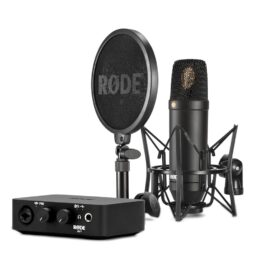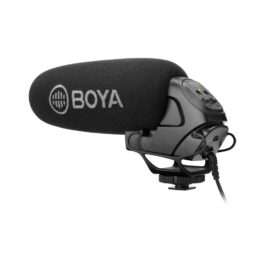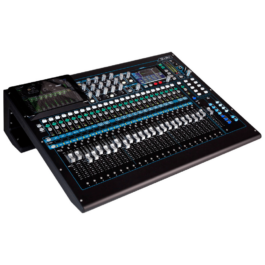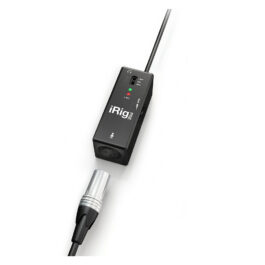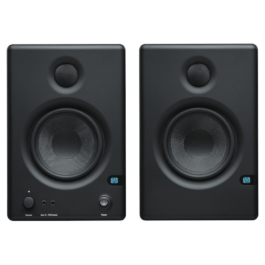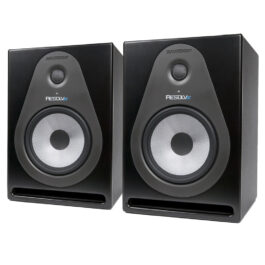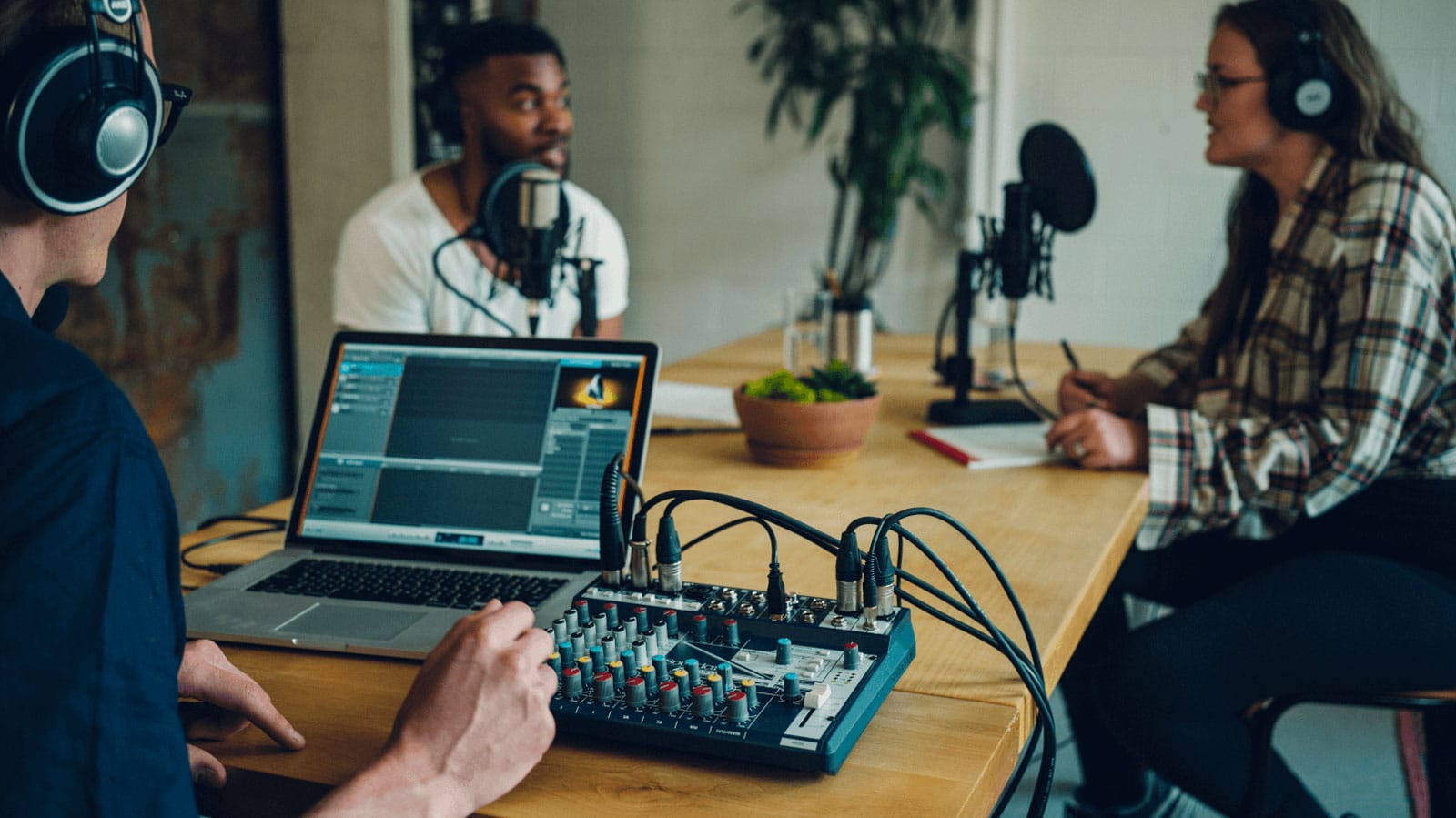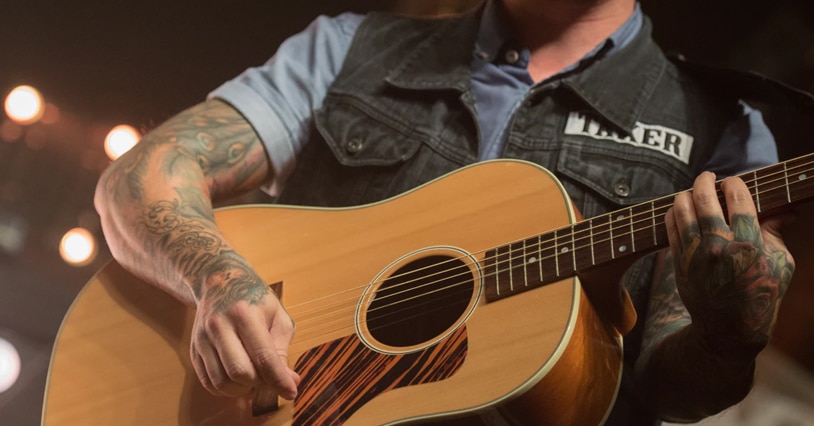
Have you ever wondered what the best method for recording an acoustic guitar is? Do you line the guitar out via the preamp (assuming it has one), do you use a microphone, do you use an electric guitar with an acoustic guitar simulator?
Let’s take a closer look at the methods and microphones used in recording an acoustic guitar.
The Purpose
Before you can look at the best method for recording, you need to establish why you’re recording. The way will not only determine how you record but will illuminate what gear you will need.
Practice Sessions
Most guitar teachers will recommend that you record your practice session, and play it back later. By doing this you can listen to your playing, and hear where your mistakes are.
For “practice recording” that will only be used for self (or band) improvement, you can get away with a lower-quality audio recording. After all, when all you want to do is hear your mistakes, you don’t need FLAC quality recordings.
The Gear
A smartphone, smartphone microphone, and a Roland Go::Mixer.
Smartphones are everywhere. Look at your friendship circle, and see how few people don’t have a smartphone. Sure, they might not have the latest Fruit phone 22, but they will have a basic smartphone at a minimum.
With something like the RØDE Smartlav or a Roland Go::Mixer you can quickly turn your phone into the ideal practice session recording tool. And best of all, you will still be able to get broadcast-quality audio – so if you liked what you recorded you can upload it to Soundcloud or YouTube – all directly from your phone!
Professional-Quality Recording
It’s safe to say that a majority of recording done is not of practice sessions. Sure, if you suffer from “red light syndrome” your studio session can feel like an expensive practice session, but the ultimate goal is to release your song.
Home recording gear has become so affordable and easy to use that almost anyone can record world-class tone. That doesn’t mean that their music will go viral or be liked, but ultimately that is the space in which you will be competing.
As such, you cannot afford to have inferior recording gear.
Lineout
If your guitar has a preamp built-in, then the simplest way to record yourself will be to run a line from the cable to the desk.
Pros: Assuming that you have a decent guitar with a good-quality preamp, running a line from the guitar to an amp is the easiest thing in the world. You won’t need to buy a (potentially) pricy microphone, and you will only record the sound of your guitar.
By lining out, you are guaranteed that you won’t get ambient noise. Just be careful – some acoustic preamps have built-in microphones. So if you don’t want any ambient sound, then make sure your mix slider on your preamp has been moved the to pickup side.
Recording the pure sound of the pickup without much color means that you have an audio track which you can manipulate without much trouble. This will make adding in effects like chorus much less complicated.
Cons: The direct tone from a pickup can be a little harsh. You will also lose some of the characteristics of your guitar. Remember, an acoustic guitar gets its natural tone from the woods that it uses. That is why a mahogany guitar will sound darker than a spruce one.
You might also lose some of the nuances from the wolf tones. In essence, while your recording will be clean, it won’t sound like your guitar does when played live.
Microphone
If your guitar doesn’t have a preamp, or you want to capture the tone of your guitar in its entirety, then consider using a mic.
Pros: When recording, you can decide where to place the microphone. Some players have the mic pointed at the guitar, while others might prefer having it over their shoulder. You can decide how close to, or how far from, the guitar you want the mic to be. This can dramatically change the tone of your recording, giving you more control.
One of the most significant advantages of using a microphone is that they won’t need replacing, assuming you look after your mic that is. So you can change guitars or record friends, or even record other instruments. Using a microphone for recording is the most versatile option available.
Cons: You can’t always control your recording environment. So if you’re half-way through a track and a plane flies overhead, or your dog spots the mailman, you will need to start the recording again.
Nothing highlights the inherent flaws of using a mic more than trying to record a song, in your garage, while it’s raining. Of course, you could use the rain as a special effect, but it won’t always be the best fit for the track.
What microphone should you use? Check out our ultimate guide to studio microphones to find out more.
Hybrid
Most professional studios and players will not decide between a mic or a lineout. Instead, when recording, they will use both.
The beautiful thing about using both is that you can mix in the ambient guitar tone (mic) with the raw pickup tone, and find the perfect sound. You can decide how much of each you want in the mix.
You can also use multiple microphones to ensure you get as many tonal options as possible. It’s always simple enough not to use something you’ve recorded. But to rerecord a song, with the EXACT same timing and accents is not an easy task.
Shop recording equipment online...
-
Request Stock
- Out of Stock
- Studio & Recording, Recording Microphones
Rode NT1 & AI-1 Studio Solution Kit
-
R11,695R9,355FREE DELIVERY - Select options
-
-
- Live Sound, Amplifiers, Studio & Recording, Recording Headphones, Headphones
Mackie HM-800 8-Channel Headphone Amplifier
-
R6,395R5,945FREE DELIVERY - Select options
-
- Out of Stock
- Recording Microphones, Content Creation, Microphones for Video
Boya BY-BM3031 On-Camera Shotgun Microphone
-
R1,750R1,490FREE DELIVERY - Select options
-
-
Sale!
-
Request Stock
- Out of Stock
- Studio & Recording, Recording Microphones
Audio-Technica AT2020 Cardioid Condenser Microphone
-
R3,000R2,395FREE DELIVERY - Select options
-
-
Request Stock
- Out of Stock
- Studio & Recording, Studio Accessories
Rode Replacement Bands for SM6 Shockmount – (each)
-
R225R190 - Select options
-
-
Request Stock
- Out of Stock
- Live Sound, Mixers, Studio & Recording, Studio Mixing Desks
Allen & Heath QU-24C 30-In/24-Out Digital Mixer – Chrome Edition
-
R76,790R59,895FREE DELIVERY - Select options
-
-
Request Stock
- Out of Stock
- Studio & Recording, Audio Interfaces
IK Multimedia iRig Pre Mobile Microphone Interface
-
R1,199R1,140FREE DELIVERY - Select options
-
-
Request Stock
- Out of Stock
- Studio & Recording, Studio Monitors
Samson Resolv SE6 Studio Reference Monitors Pair
-
R15,990R11,195FREE DELIVERY - Select options
-


